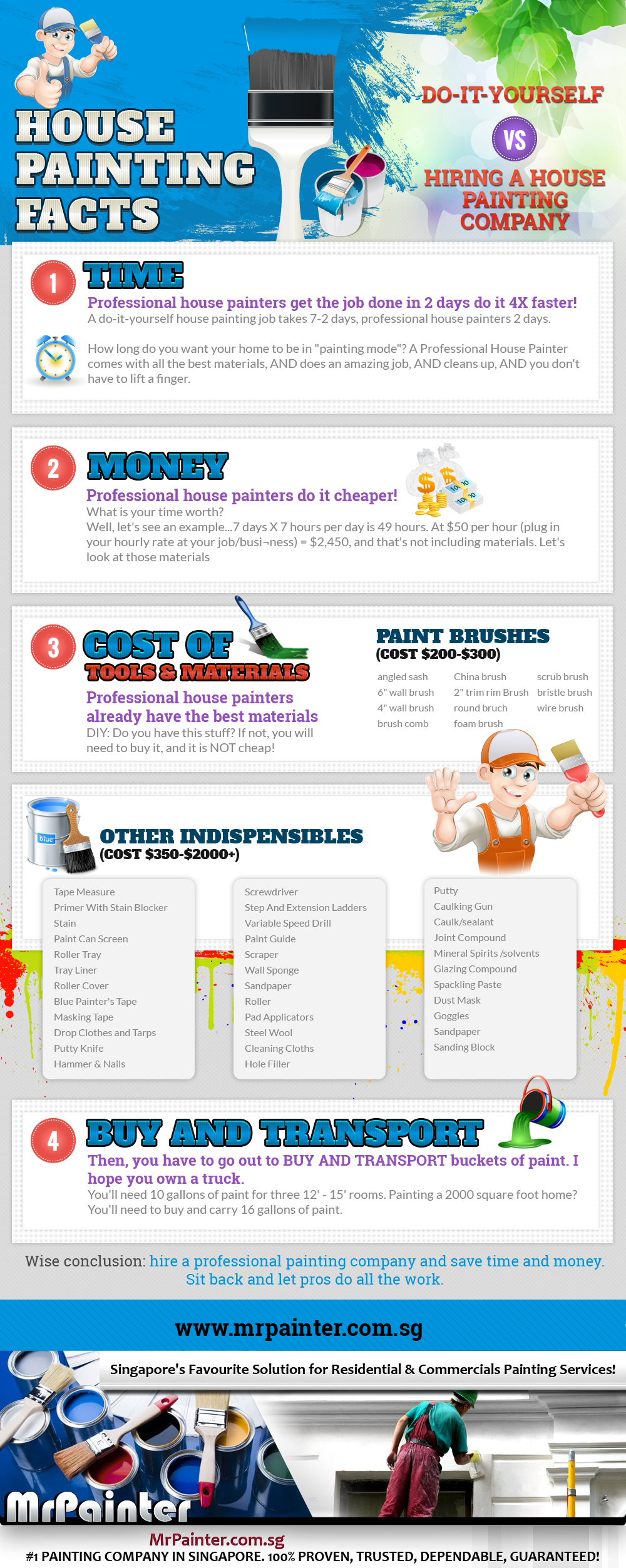Learn Just How Seasonal Variables Affect Business Outside Paint Success And Find The Most Effective Times To Make Sure Long-Term Results For Your Job
Learn Just How Seasonal Variables Affect Business Outside Paint Success And Find The Most Effective Times To Make Sure Long-Term Results For Your Job
Blog Article
Content By-Ford Skafte
When you're intending a commercial exterior painting task, seasonal factors can make or damage your outcomes. You'll wish to take into consideration how temperature and humidity influence paint application and drying times. Selecting the right season can guarantee your paint sticks effectively and lasts longer. Yet which periods are really the most effective for this type of work? Let's discover the crucial elements that can influence your job's success.
The Effect of Temperature Level on Paint Application
When you're intending an industrial external paint project, the temperature level can dramatically influence how well the paint sticks and dries out.
Ideally, you want to paint when temperatures range between 50 ° F and 85 ° F. If it's too cool, the paint may not treat properly, causing problems like peeling or fracturing.
On the other side, if it's also warm, the paint can dry out as well swiftly, stopping proper bond and causing an uneven finish.
You should additionally think about the time of day; early morning or late afternoon provides cooler temperatures, which can be much more beneficial.
Constantly check the producer's recommendations for the specific paint you're using, as they usually give assistance on the perfect temperature range for optimum results.
Humidity and Its Result on Drying Times
Temperature isn't the only ecological aspect that affects your business outside painting job; moisture plays a considerable duty also. High humidity degrees can slow down drying out times significantly, impacting the overall quality of your paint task.
When the air is filled with dampness, the paint takes longer to cure, which can lead to issues like inadequate adhesion and a higher risk of mold growth. If you're repainting on an especially damp day, be gotten ready for prolonged wait times between layers.
It's critical to keep track of local weather conditions and strategy as necessary. Ideally, go for please click the next post in between 40% and 70% for optimal drying out.
Keeping https://www.homesandgardens.com/interior-design/yellow-color-trend in mind guarantees your job stays on track and delivers a lasting finish.
Best Seasons for Commercial Outside Paint Projects
What's the most effective season for your industrial exterior paint projects?
Spring and early autumn are usually your best bets. Throughout these periods, temperatures are moderate, and moisture degrees are commonly lower, developing perfect conditions for paint application and drying.
Avoid summertime's intense heat, which can create paint to completely dry too rapidly, bring about inadequate attachment and surface. Similarly, wintertime's cold temperature levels can prevent proper drying out and treating, running the risk of the longevity of your paint task.
Go for days with temperatures between 50 ° F and 85 ° F for ideal results. Keep in mind to inspect the regional weather report for rainfall, as wet problems can ruin your job.
Preparation around these variables ensures your paint project runs efficiently and lasts longer.
Conclusion
To conclude, planning your commercial external paint tasks around seasonal factors to consider can make a substantial difference in the end result. By scheduling work throughout the excellent temperatures and humidity degrees, you'll make sure far better bond and drying out times. Remember to keep an eye on neighborhood weather prediction and pick the correct time of year-- spring and early fall are your best options. Taking these actions will aid you achieve a long lasting and professional surface that lasts.
